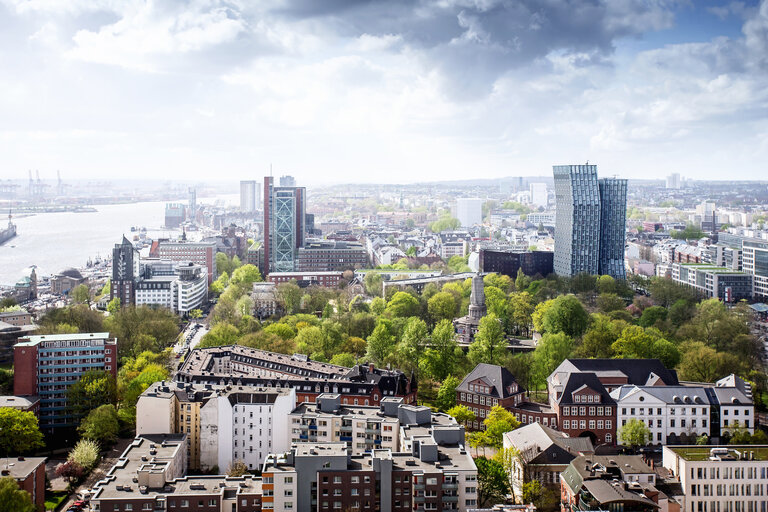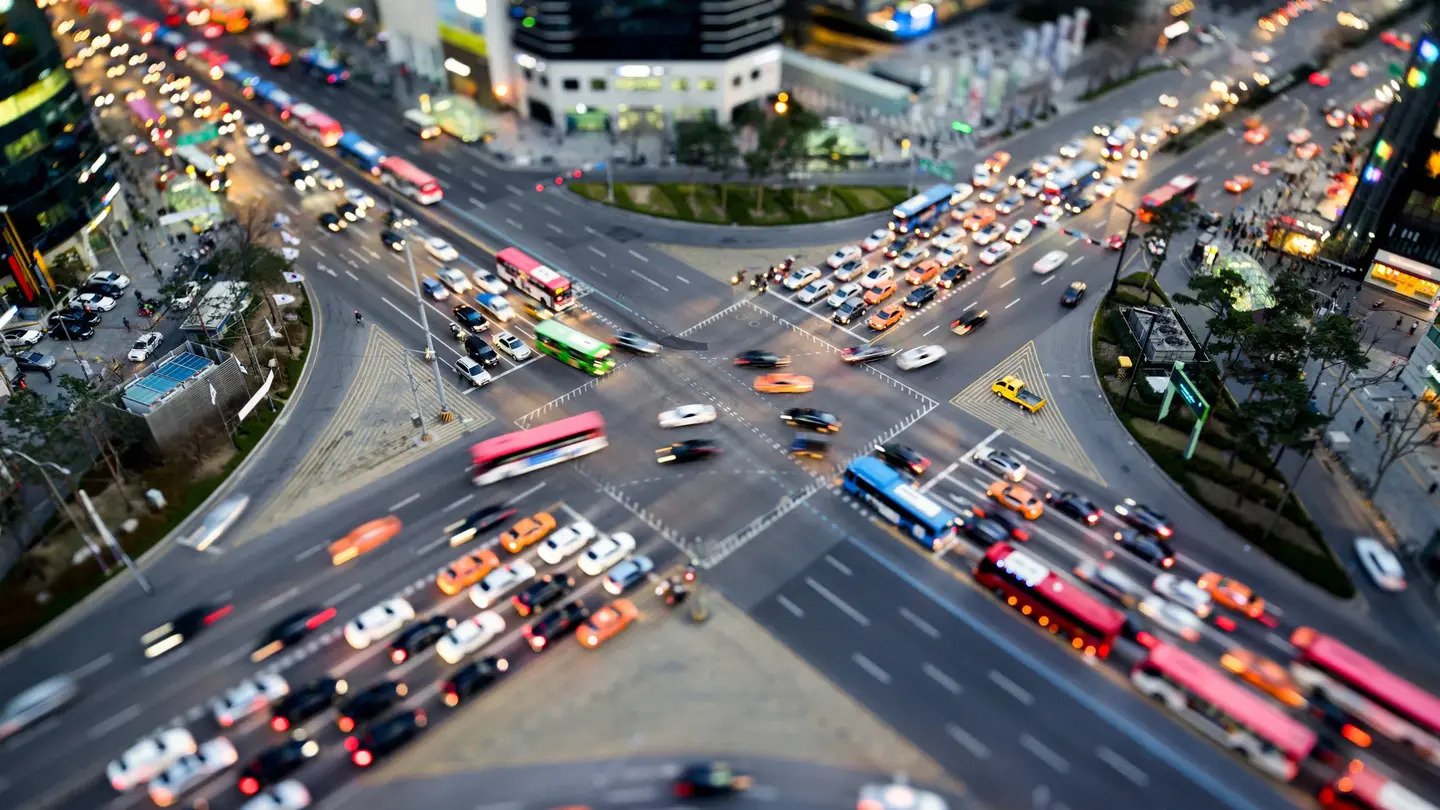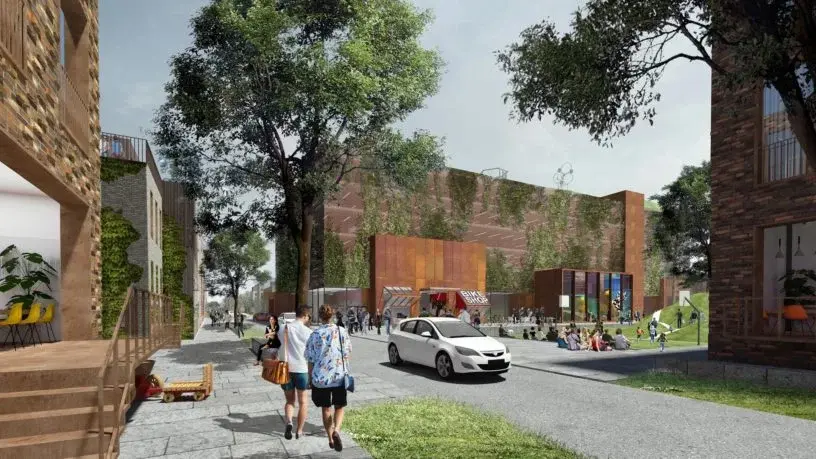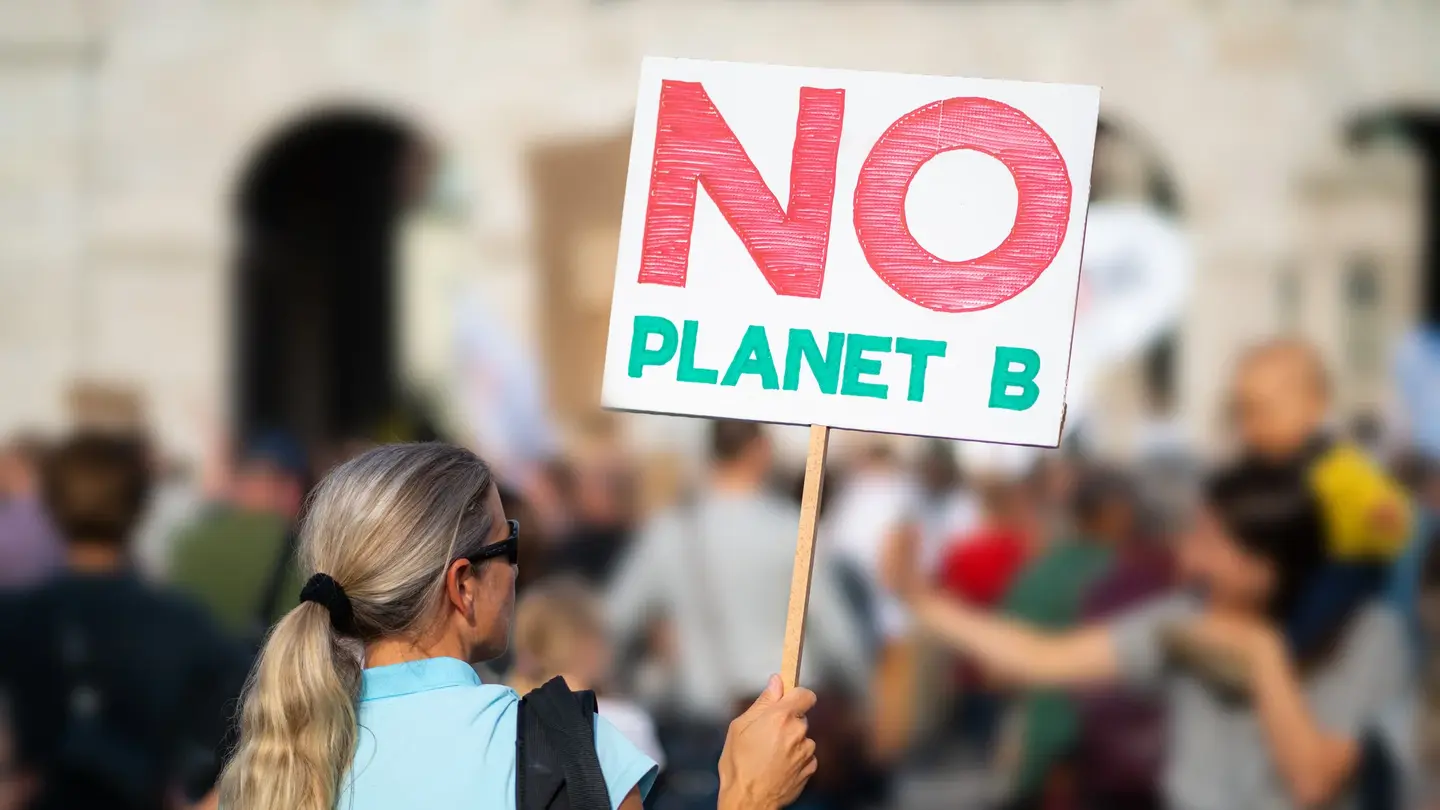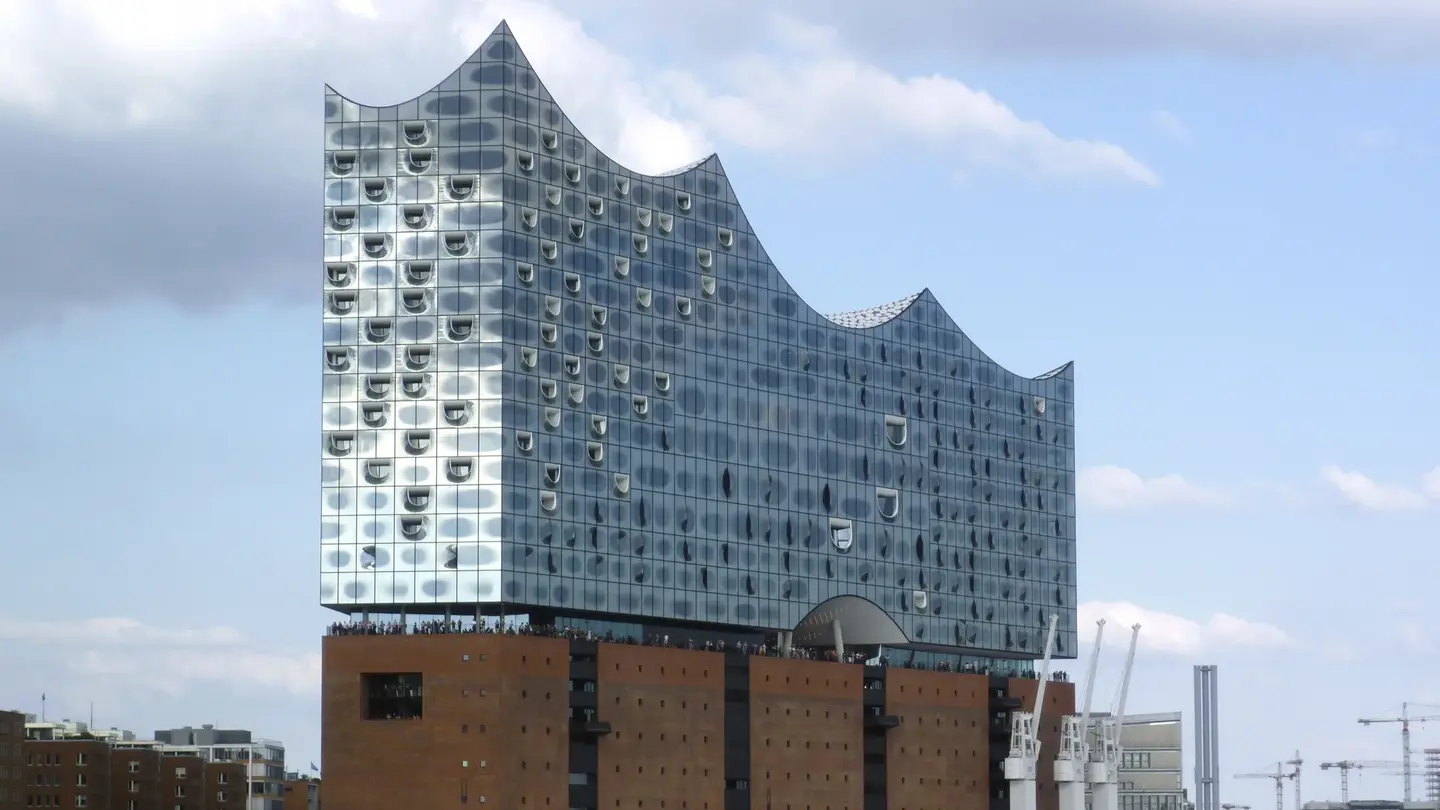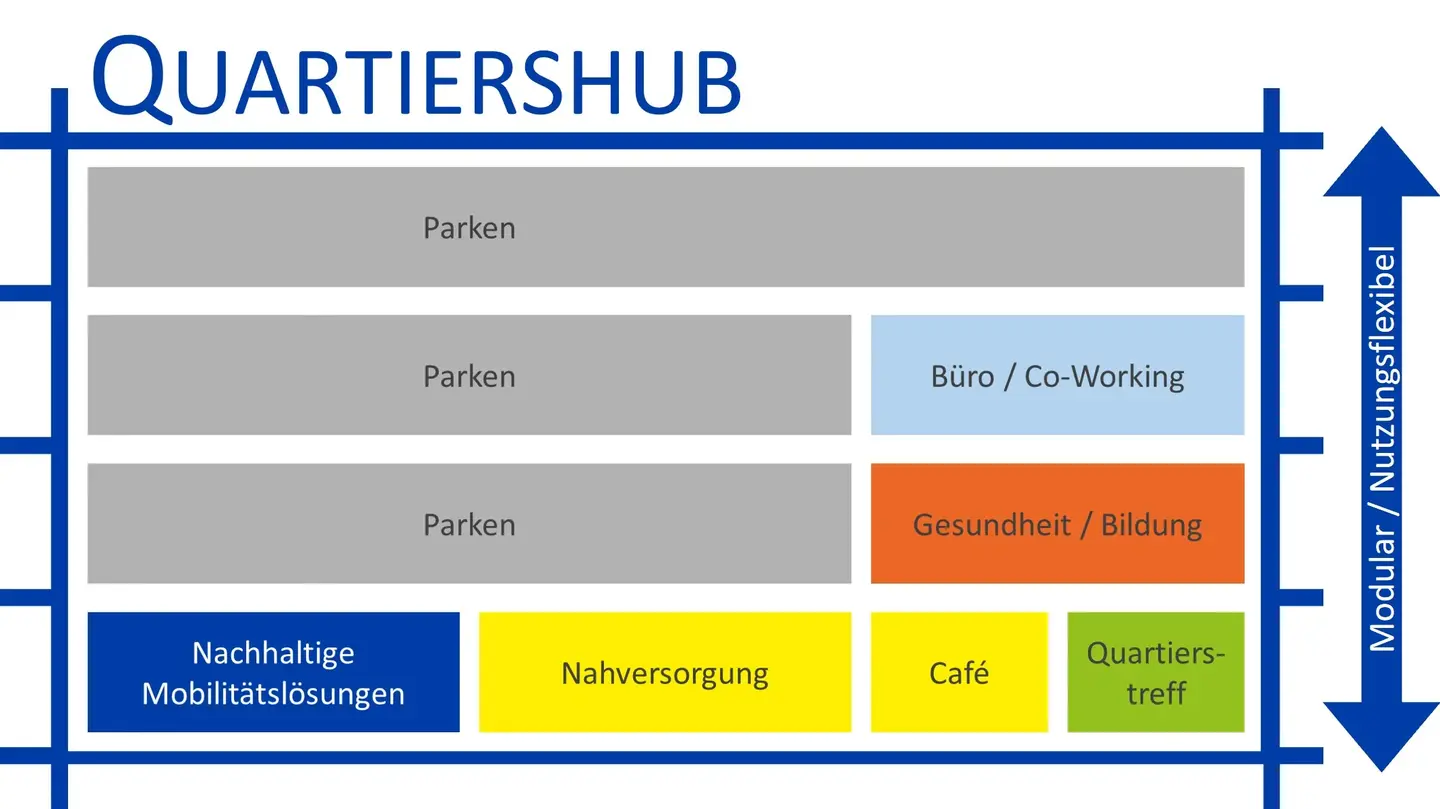We associate our cities with certain spatial characteristics: vibrant downtown areas, adjacent residential neighborhoods with occasional restaurants and cafés, together with clusters of office and commercial buildings. Industrial properties and suburban structures are located in the outlying areas. For us, it is the classic everyday city.
If we form a specific picture of a fictitious day in the place where we live: what does this day look like for us? In the morning from the apartment to work, then to sports or shopping, and in the evening we meet friends or acquaintances. Of course, this is only a generalized outline of everyday life. But we quickly realize that our lives are very much dominated by mobility. That is a good thing, too, because it creates our diverse cities.
This makes it essential to develop mobility systems that focus on people as users, instead of cars. Unfortunately, the status quo usually tends to be the opposite. Cities around the world complain about congested roads, polluted air, expensive housing and long commutes. These circumstances are further exacerbated by the strong growth of urban centers.
There are limits to the flexibility of existing real estate asset classes when use of the property is considered, despite the advantages, such as market demand that can be determined, proven business models, calculable yield expectations, and structural and architectural fundamentals.
These limits must be overcome in the interests of sustainable urban development. In order to supplement the existing asset classes with the option mixed-use urban real estate, real-life laboratories and references are needed to test operator models and usage structures for this type of real estate. The attractiveness and potential for investors would thus quickly become apparent.
The best-known hybrid building is probably the Elbphilharmonie concert hall in Hamburg. In addition to concert halls and rehearsal rooms, the building houses 45 condominiums, a hotel with 244 rooms, a car park, restaurants, a bar, and even a public viewing platform, the Plaza, at a height of 37 meters.
Sources:
Berding, Nina; Bukow, Wolf-D.; Cudak, Karin (2018): Die kompakte Stadt der Zukunft: Auf dem Weg zu einer inklusiven und nachhaltigen Stadtgesellschaft. Springer VS, Wiesbaden.
Trösser, Susanne (2018): Urbanität auch in Neubaugebieten schaffen: Von der horizontalen zur vertikalen Nutzungsmischung. Reihe: vhw FWS 3, Mai - Juni 2018. Selbstverlag des vhw - Bundesverband für Wohnen und Stadtentwicklung e. V., Berlin. S. 157-159.
Neumann, Tim; Ziesler, Uwe; Teich, Tobias (2020): Kooperation und Innovation für eine nachhaltige Stadtentwicklung: Forschung mit innovativen Kommunen. Springer Fachmedien Wiesbaden GmbH, Wiesbaden.
Forlati, Silvia; Peer, Christian Peer (2017): Mischung: Possible! Wege zur zukunftsfähigen Nutzungsmischung. Selbstverlag der TU Wien, Wien.
Fraunhofer IAO (2022): Fraunhofer IAO Jahresbericht 2021/22 – Zukunft nachhaltig gestalten. Selbstverlag des Fraunhofer-Institut für Arbeitswirtschaft und Organisation IAO, Stuttgart.
